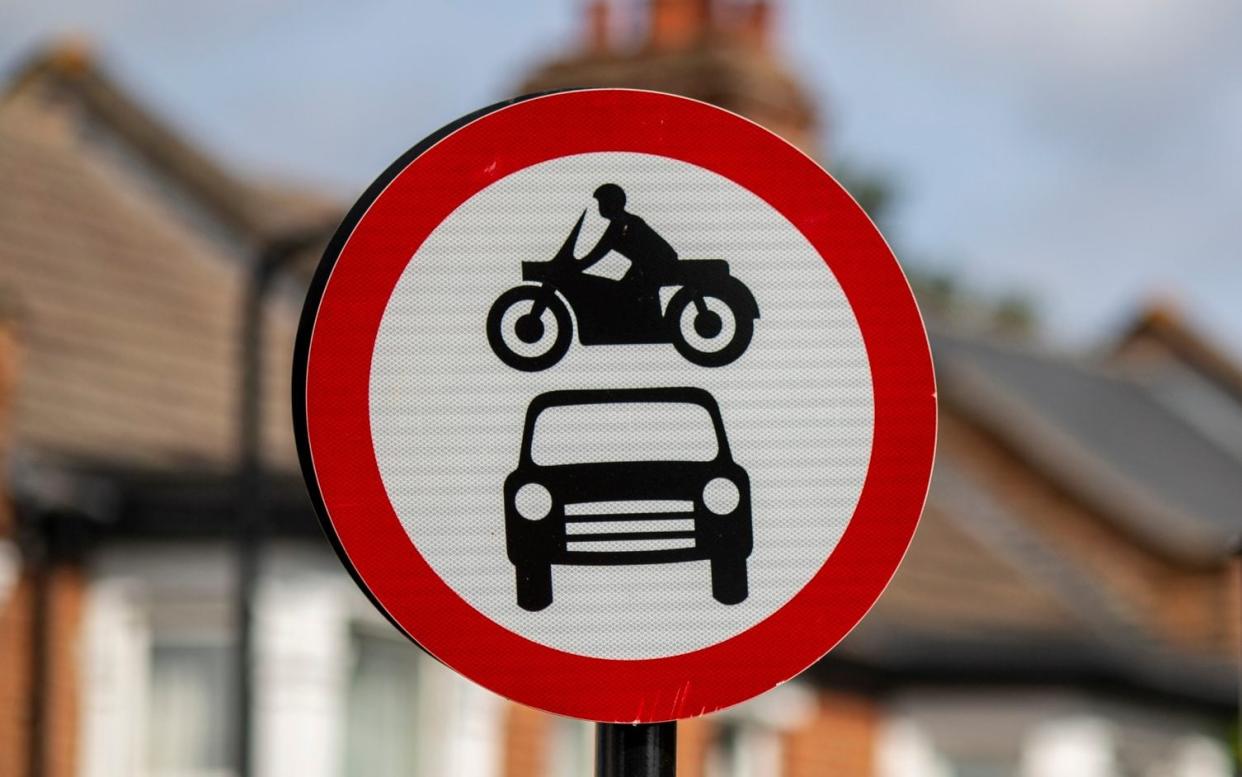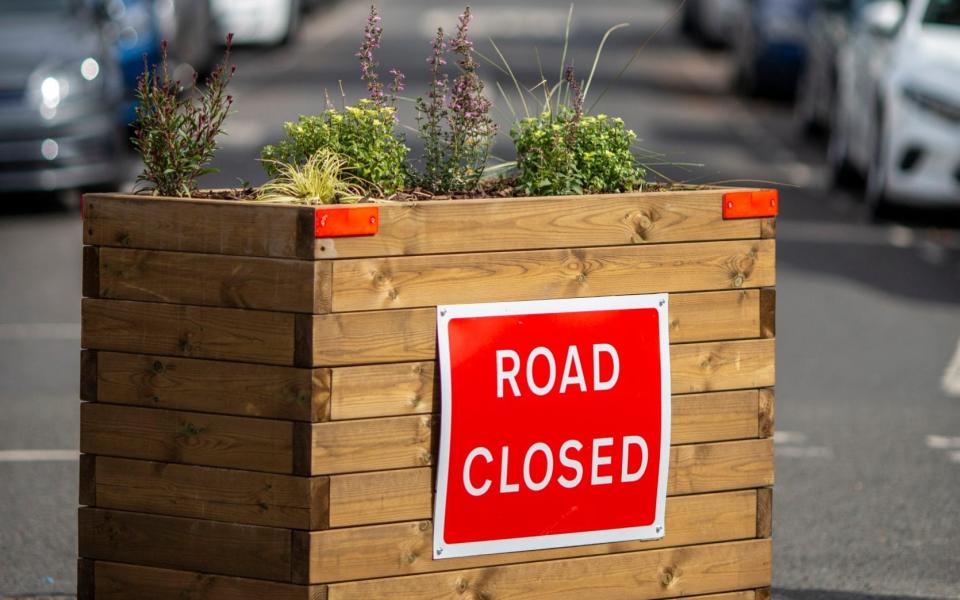Exclusive: Pollution rose in Low Traffic Neighbourhoods, analysis shows

Levels of a toxic car exhaust pollutant plummeted across a large area of South London after Low Traffic Neighbourhoods (LTN) were scrapped, The Telegraph can reveal.
Analysis of quantities of nitrogen dioxide (NO2), a dangerous greenhouse gas, at 11 south London streets was higher when residential roads were closed but dropped when Wandsworth Council halted seven of its schemes and opened streets back up to cars.
The air quality "snapshot" will come as a blow to claims that Grant Shapps' "green transport revolution" improves the environment. The four weeks of analysis, revealed in a council report, show that pollution was higher on main roads where traffic congestion had increased significantly, often grinding to a halt during rush hours.
The borough introduced seven LTNs in August as part of the Government's plan to promote walking and cycling after lockdown.
The 25-page report says the trials were halted in September due to "the impact on access for the emergency services", but also that "significant and sustained traffic congestion on the main roads was identified, raising concerns about pollution".
Campaigners insisted the schemes simply needed time to "bed in", but the review by Paul Chadwick, the borough's director of environmental and community services, reveals the effect that road closures and cycle lanes were having on pollution.

The council monitored levels of nitrogen dioxide – the gas emitted from car engines – at 11 locations in and around the LTNs, both when the road closures were in place and after they were scrapped. In each of the locations, NO2 pollution levels were higher when the LTNs were operating compared to after they had been stopped.
Alarmingly, four showed the levels of NO2 had climbed above the council's air quality objective, a level set by the European Union which authorities are urged not to exceed.
Two weeks later, when the council had scrapped the schemes, the NO2 levels dropped significantly, with only one site slipping slightly over the recommended line.
The research also suggests the highest levels of pollutants were recorded on busier main roads, often where poorer housing such as blocks of flats are found, rather than the more affluent and expensive Victorian properties in side streets.
The report says: "The results in comparison of air quality data between the period monitored during the LTN showed an increase in NO2 when compared to the suspension of the trial. This increase was predominantly around main roads."
Unusual patterns of travel during the Covid pandemic, as well as the limited period of monitoring and even changes in environmental conditions could have contributed to the stark difference in readings, the report authors note, urging the data to be viewed with "heavy caveats".
Normally air quality surveys are carried out over six month, the report continues, so "a sampling window of four weeks can only provide a snapshot… however, this provides an indication of the situation during and after the LTN trial."
The council continues to monitor NO2 levels to build a more comprehensive air quality picture. A number of cycle lanes were introduced in the area with the removal of some vehicle lanes potentially adding to the traffic and slower 999 response times.
The report notes how congestion could have been exacerbated because satnavs and emergency services were "not all picking up" newly closed roads fitted with bollards or planters. It adds that the LTNs led to "an unexpected and unacceptable outcome that required the council to take the decision to pause, step back and review" them.
The authors say "limited public engagement… has understandably frustrated many in our local communities", prompting a move by the council not to use emergency powers that do not require consultation for "large scale projects".
There were an estimated 54,000 premature deaths attributed to NO2 in the EU in 2018. It is believed 34,000 people die each year in the UK as a result of inhaling exhaust fumes.
A spokesman for the Department of Transport said: "As the report itself makes clear, it is impossible to draw any firm conclusions from this limited data, and therefore it is misleading to imply that the Low Traffic Neighbourhoods in Wandsworth led to a worsening in air quality in the area.
"Well-designed cycling and walking schemes can bring environmental and other benefits for everyone, but as we have emphasised it is essential that proper consultation is undertaken with local stakeholders before they are introduced. Cycling and walking schemes should be kept under constant review, including their impacts on air quality and traffic."

 Yahoo News
Yahoo News 
